Chances are that if you were linked here from another blogger pal, then you might be new. To those first-timers, “Hi, I’m Takuto, welcome to my anime cafe!” For the OWLS blog tour’s second monthly topic of 2020, “Legacy,” I’m gonna stand on the soapbox for a bit and just talk about my own experiences with the word, while also making connections to some of my favorite stories, both in anime and literature.
We have mentors, teachers, coaches, and role models whose stories inspired us in some way. Even when these role models are gone, their stories will live on from generation to generation. For this month, we will be exploring stories that have inspired or taught us some important lessons about life.
This will be a shorter post, but hopefully one still with merit to it. Thanks Lyn for the prompt!

Of Legends and Lore
So I’m currently taking this Survey of British Literature class at uni and we just read (well for me reread) the old manuscript of Beowulf. In case you didn’t know, Beowulf is the titular protagonist of the oldest poem in English literature. Set in what is currently the areas between southern Sweden and Denmark, the folk epic recounts the tale of one of the world’s oldest documented heroes. Battle-brave, brazen, and bold, Beowulf is a champion all throughout his lifetime—and for his mighty deeds and charisma, his glory continues to live on well over 1,000 years as students are told and retold the story of bravery, loyalty, and honor.
Our society likes heroes. Typically, such figures like Beowulf (or anyone from the popular MCU) provide icons we can admire or stories to fall in love with. Beowulf defeats the wretched, demonic Grendel, slays the beast’s sea-witch of a mother, and even conquers a dragon—the very representation of the mythical and the divine—transcending his mortality at the tragic cost of his own life. In his last moments on earth, Beowulf performs this unbelievable feat, and is rewarded for his courage and virtue by becoming a figure forever enshrined in the hearts of his men. Truly, Beowulf is a hero.
Even if it’s not the most “stimulating” read, I enjoy this Old English poem a great deal. The timeless values of a warrior society often feel much easier to discern than the overtly emotionally-conflicted minds of, say, a Shakespeare work. At its core, Beowulf is a simple tale, yet one that imparts upon the reader a vision of the past—of whale-path waves crashing against the beaten rocky shore, and of powerful sailors that can command these swan-road seas on a whim. As we behold a man in his final hours transcend heroism from one thing to something else, we find that Beowulf embodies the changing spirit of this long-lost warrior society—as well as its very best parts.

Knights of the Round
We flash forward a few centuries with a different set of morals and mindsets, but the same human heart, with the Arthurian legends. No more are people barbarians at sea; this is a time of knighthood, and with it comes refined honor and bravery, courtliness, gallantry towards women, and most of all, chivalry. Like most chivalric romance, Arthurian poetry employs the motif of a quest to tell its tales, which always comes in a familiar set of 3’s: a challenge, a journey, and a test.
Whether conquering an enemy’s castle for the sake of one’s kingdom or fighting off the nasty temptations of Morgan le Fay and at times even Britain’s own Queen Guinevere, upholding the virtues of a knight was certainly not the easiest task to accomplish. Courtly love can lead the men and women of this time to spiral into all kinds of romantic trouble, but the chivalric code must always be upheld. Stories like Lanval and Sir Gawain and the Green Knight perfectly illustrate the delicate balance between desire and doing what is right.

Despite being some of the hardest Old English literature out there to decipher, endless fun can be had with Arthurian lore. Today, the names of King Arthur and his knights are often trivialized, which is saddening given how excruciatingly poignant the tragic irony of a given character’s betrayal or death can be.
Yet, when done justice, we get incredible works like those from Type-Moon’s Nasuverse, including the Fate/Grand Order mobile game, Yoshiyuki Asai’s Fate/Apocrypha, and Gen Urobuchi’s masterpiece of pseudo-historical fiction, Fate/Zero. Fate‘s portrayals of Artoria (Arthur) Pendragon, Lancelot, and Mordred are easily my favorite ones out there, as their combined cinematic lore is almost as deeply interwoven as the original legends themselves are.
I suppose having your name recorded in the history books is a form of immortality. But if that just means your name gets passed down for two thousand years and nothing else, I’d have preferred to have even a hundredth of that added to my actual life. — Rider, Fate/Zero
And while on the subject of past deeds influencing the present, seeing how intensely Alexander the Great (Iskandar) continues to influence young Waver Velvet’s life even a whole ten years after the Holy Grail War in The Case Files of Lord El-Melloi II lends allegoric proof to the fact that history’s greatest heroes can especially impact our hearts with the legacies they leave behind.

Even Heroes Die
The tales of Beowulf and King Arthur’s knights have long-since been told. While we know they lived valiant lives, we’ve also come to understand that even heroes die. Unfortunately, we are past the time in which we can rely on a single hero. We can’t rely on just one person solely to be responsible for watching after us all. And so, we must become heroes in our own lives, even if our deeds often go unrewarded. We can choose to embody the fiery bravery of a warrior, the dutiful chivalry of a knight, or even some other code of honor that I didn’t discuss in this post.
We don’t have to be the strongest or the greatest. We can be weak heroes, for even a weak hero is still a hero. This sentiment is echoed in K-pop sensation BTS’s “Anpanman,” which describes the popular red bean bun mascot’s determination to help those who are closest to him, even if he’s no Batman or Superman.
Anpanman is the local hero in our own lives we can rely on time and time again. The best part is that we can be each other’s Anpanman, so long as we are willing to help those in our lives who need it most. We can be heroes, too. And just like those who inspired us to be great, our legacies can live on in the lives we touch, and maybe—just maybe—be remembered for a long time to come.

Carve your name on hearts, not tombstones. A legacy is etched into the minds of others and the stories they share about you. — Shannon L. Adler
Afterword
For the first time, coming up with a single series to talk about proved more difficult than it should have. Maybe that is why I settled on this loose discussion over something current and relevant to my life: Brit lit. Or, perhaps, I had been wanting to talk about these famous knights and warriors from the days of old for a while now . . .
Regardless, I had one more quote running through my head as I was writing this: “We all die. The goal isn’t to live forever. The goal is to create something that will” (Chuck Palahniuk). As a blogger, artist, and musician, all I can do is create things. And thus, even if this blog is the only thing even remotely memorable I can leave behind, I’d still be eternally grateful for the opportunity to share my words with people like you. Please, continue to chase after your dreams and your passions, for what you can share with others will only add to the stories they will share about you!
This concludes my February 8th entry in the OWLS “Legacy” blog tour. Megan (Nerd Rambles) went right before me with a post about the literature that has left an impact on her, which you can read right here! Now, look out for Aria (The AniManga Spellbook) with a post over the recently aired Magia Record anime on Tuesday, February 11th! Thank you so much for reading, and until next time, this has been
– Takuto, your host

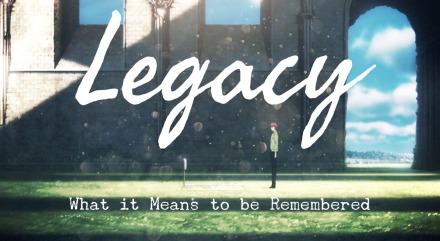
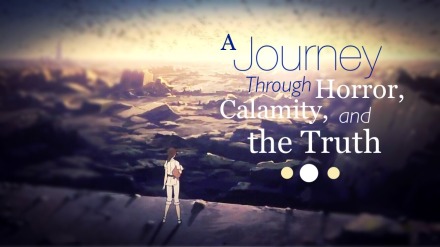









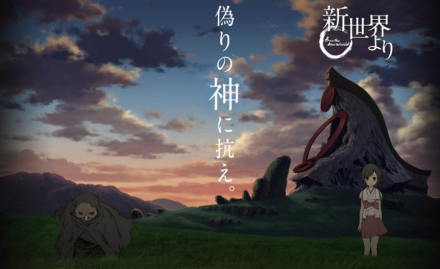






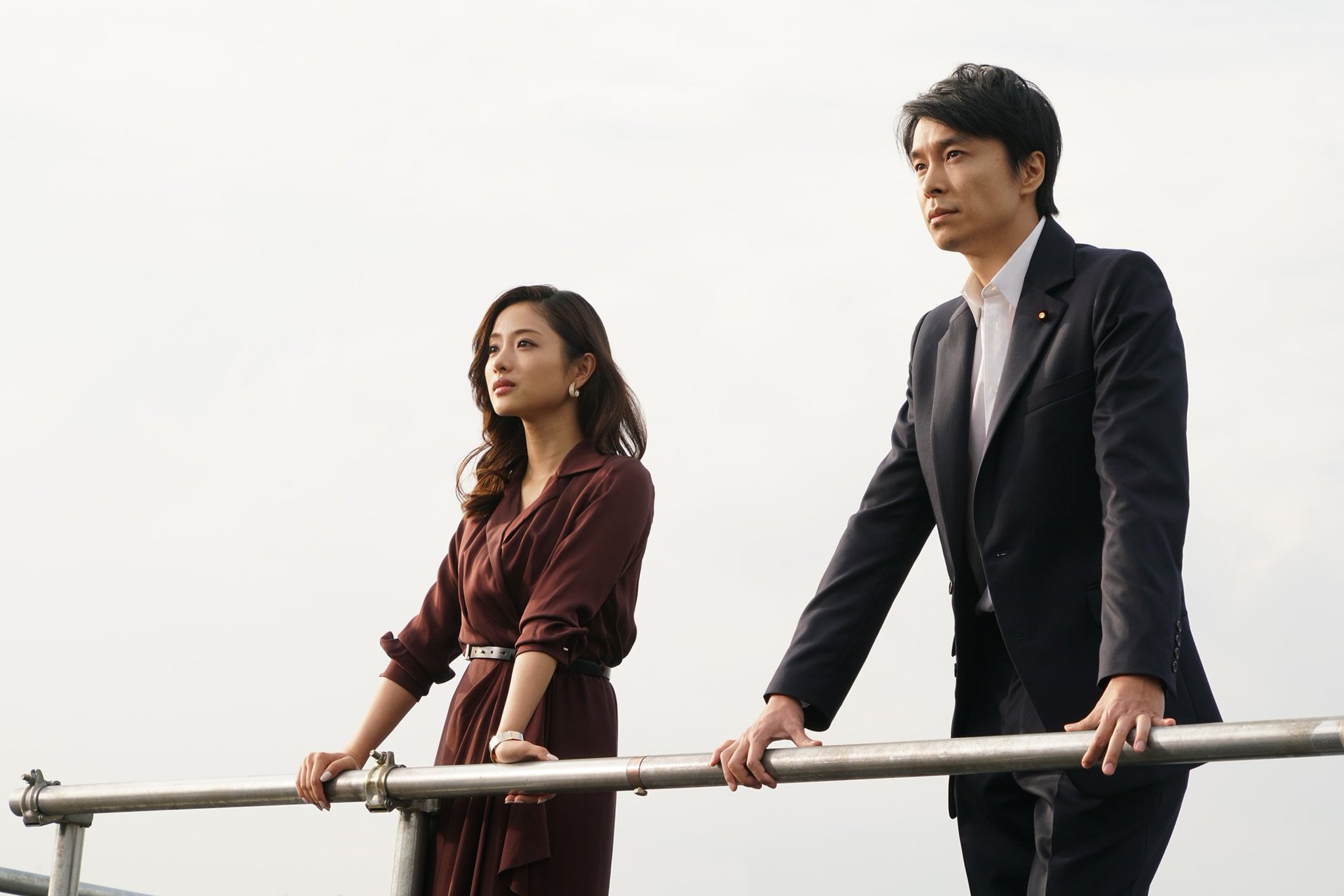



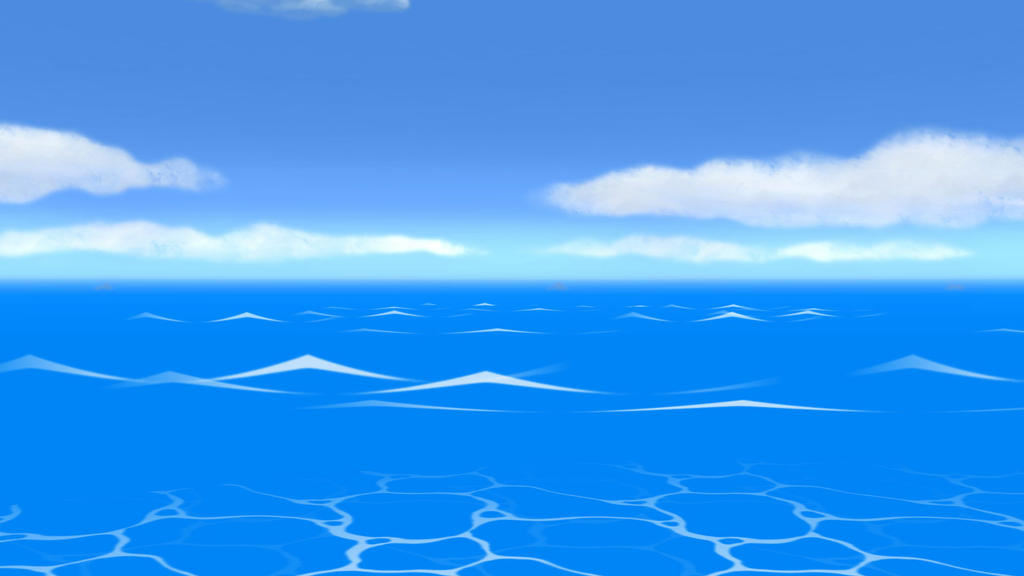



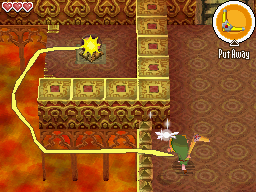







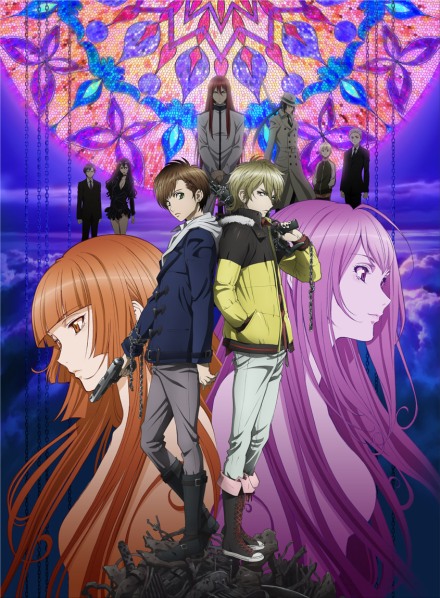
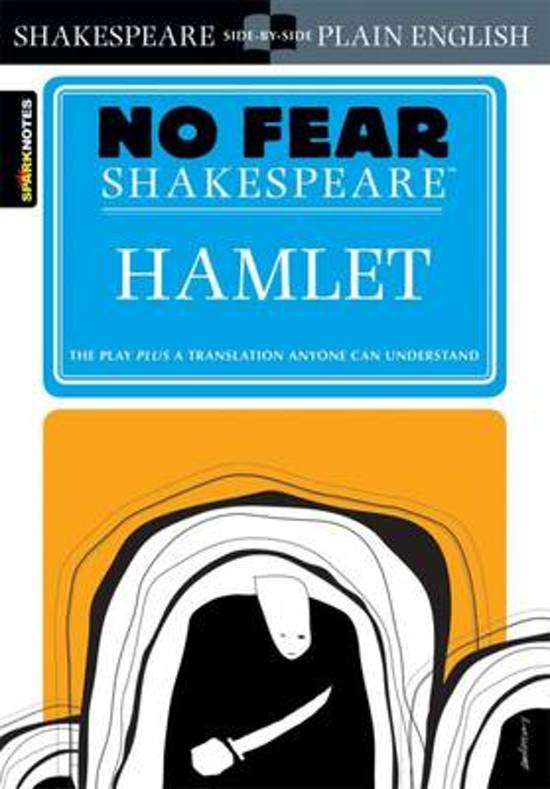


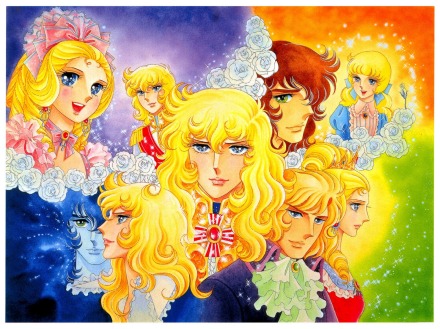





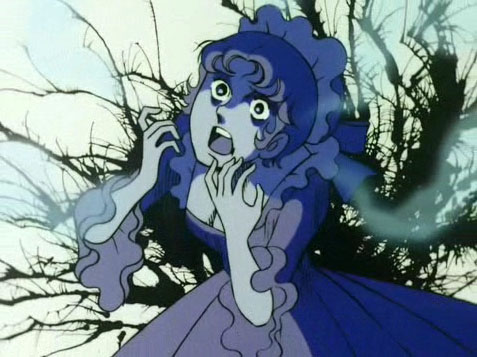


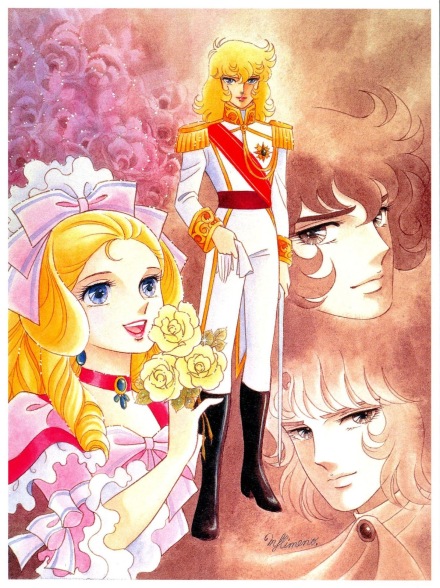 Nozomi Entertainment’s two LTD ED boxsets sit with poise and elegance on my shelves, awaiting my return to a dark period in human history just so I can re-emerge enlightened and exhausted. I thank you for spending the time to read through my thoughts, and I do hope you feel the urge to suddenly dip into this classic! I’m not sure if you will pick up on this, but this review was once again done in a different fashion. One change is trying to put a piece of fan art that took out of the experience. Do you prefer this new format over the old one? How about your own thoughts on The Rose of Versailles? Was the masterpiece story enough to sideline the iffy visuals for you, or not? As always, let me know in the comments, waltz on over to that like button if you enjoyed the review, and until next time, this has been
Nozomi Entertainment’s two LTD ED boxsets sit with poise and elegance on my shelves, awaiting my return to a dark period in human history just so I can re-emerge enlightened and exhausted. I thank you for spending the time to read through my thoughts, and I do hope you feel the urge to suddenly dip into this classic! I’m not sure if you will pick up on this, but this review was once again done in a different fashion. One change is trying to put a piece of fan art that took out of the experience. Do you prefer this new format over the old one? How about your own thoughts on The Rose of Versailles? Was the masterpiece story enough to sideline the iffy visuals for you, or not? As always, let me know in the comments, waltz on over to that like button if you enjoyed the review, and until next time, this has been